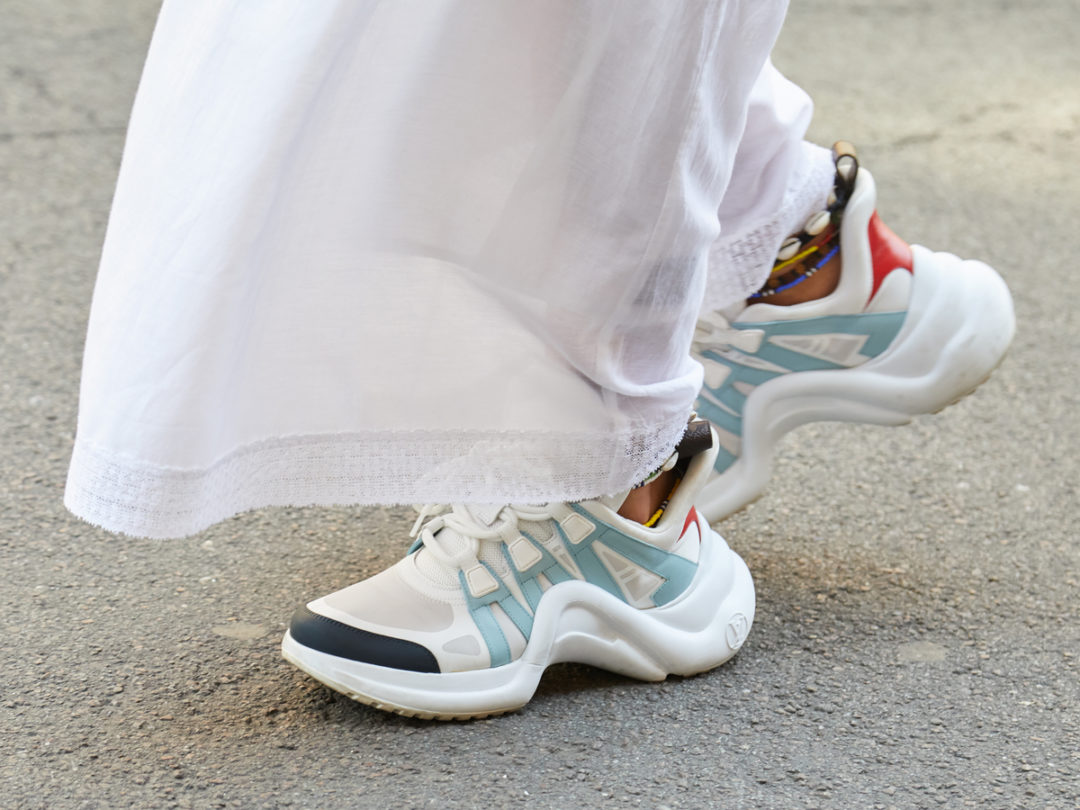
Visit Our Sponsors |
|
|
|
|
|
|
|
|
|
|
|
|
|
|
|
|
|
|
|
|
|
|
|
|
|
|
|
|
|
|
|
|
|
|
|
|
|
|
|
|

Shoe companies are chasing Generation Z sneaker aficionados with an ever-faster pace of new releases, leaving independent shoe boutiques — once the vanguard of footwear culture — hustling to catch up to bigger competitors.
Manufacturers like Nike Inc., Adidas AG and Puma AG have accelerated sneaker releases as fickle young consumers demand more and more novelty. Kanye West’s Adidas Yeezy line, for example, released six versions in 2015, 12 in 2018 and already 19 this year.
That’s a boon to fans like Chris Summers, a 20-year-old college student from North Carolina, who both collects and resells sneakers. “I enjoy the rapid speed of things because shoes are released every weekend — I don’t have to wait,” Summers said. “It’s great for business. I’m able to grab multiple colorways.”
While major retailers like Foot Locker Inc., Finish Line Inc. and JD Sports Fashion Plc can deal with the new-sneaker glut by filling their ample shelves and discounting pairs that don’t move, smaller stores have less flexibility. That leaves them focusing on selling customers an experience as much as they’re selling shoes.
“We want to tell a story,” said Dan Dover, general manager of the two-store Ohio chain Sole Classics. “We know that shoe consumers are pretty nerdy with shoes — they want something that’s off the beaten path, unique and doesn’t feed into the hype.”
Modern sneaker culture got started in 1984 with Nike’s Air Jordans, created for basketball phenom Michael Jordan. That was the beginning of consumers flocking to stores to wait in long lines for the latest releases. Since then, Nike, Adidas and other brands have moved beyond athletes to endorsement deals with entertainers and designers, and the industry has swelled to $20bn in U.S. revenue.
“Boutiques have always been a place for brands to introduce exclusive product in small quantities,” said Matt Powell, a senior industry adviser at market researcher NPD Group. “They’re at the epicenter of sneaker culture and have been a really important part of building over the years.”
“We’re going to run into exhaustion a lot faster — you can’t keep up with the products.”
However, Powell said he’s seen brands move away from smaller partners due to the expense of doing business with a single store or small chain. And many boutiques lack e-commerce websites, increasingly important for communicating with and selling to the extremely online 7-to-22-year-olds of Gen Z.
“You need everybody who you can possibly get in front of, looking at you,” said Lester Wasserman, the owner of West NYC, a shoe boutique in New York City that does have an e-commerce site. “With the product moving as quickly as it does, you need people looking at you at 2 a.m., 3 a.m. or 4 a.m. — it’s not enough to be open during the day.”
In central Ohio, Sole Classics is trying a variety of approaches. Besides quirks like vending machines full of exclusive apparel and a bar at one location that hosts a daily happy hour, the chain collaborates with sneaker maker Vans Inc. on an exclusive annual line of shoes. The ideas are based on the history of Ohio, with “Ohio Funk” as the theme for this year’s sixth collaboration. The stores are decorated to match the theme.
Dionte Johnson, owner of Sole Classics, said he’s of two minds on the changes in the industry. “We’re going to run into exhaustion a lot faster — you can’t keep up with the products,” he said. “At the same time, it does keep brands on their toes because they have to make sure you stay as young as possible and hire creatives to innovate new ideas.”
RELATED CONTENT
RELATED VIDEOS
Timely, incisive articles delivered directly to your inbox.

